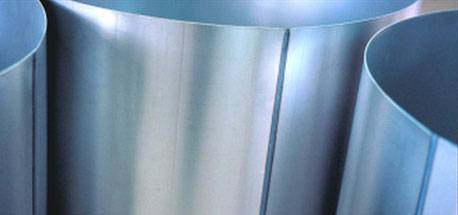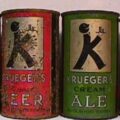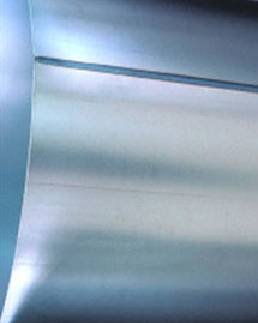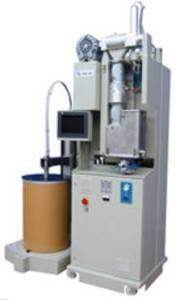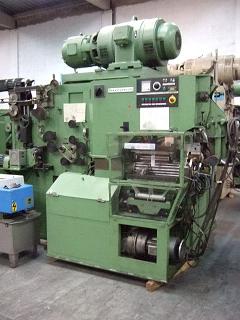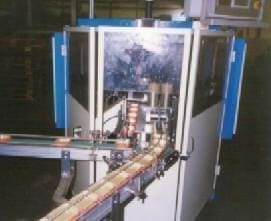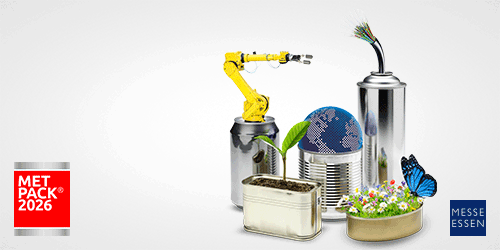Introduction
Electric welding is an essential process in the manufacture of metal cans, especially in “three-piece” cans. This technical article will address the chronology, fundamentals and improvements in electric welding applied to can manufacturing.
- Chronology
In the early 1960s, two different non-alloy welding processes were developed for commercial purposes to join the side rims of “three-piece” can bodies. Continental Can introduced the “Conoweld”, a technique that was initially used for the production of steel beverage cans with electrolytic chrome plating (TFS).
- Fundamentals of electric welding
Electric welding is based on supplying the areas to be joined with a certain amount of energy in a given time. This energy is transformed into heat capable of melting the metal parts to be welded. The energy is supplied by means of an electric current and the process triggered is very well studied by the laws of physics.
- Improvements in welding technique
Soudronic developed the use of copper wire as an intermediate electrode between the can seam and the copper welding wheels to solve the problem of electrode surface contamination and its effects on weld quality. The wire is not reused, so electrode contamination is no longer a problem. In addition, wire scrap has a high economic value.
The sheaves were mounted at a 2° angle to slightly chamfer the edge of the seam to reduce the step and make it easier to re-varnish the seam. These improvements enabled can makers to produce non-alloy side seam cans for use in the food industry and other demanding applications for the first time.
Conclusion
Electric welding has been a key process in the manufacture of metal cans, especially in the “three-piece” type cans. Over the years, improvements in welding technique have been implemented, enabling can makers to produce high quality products for the food industry and other demanding applications.

